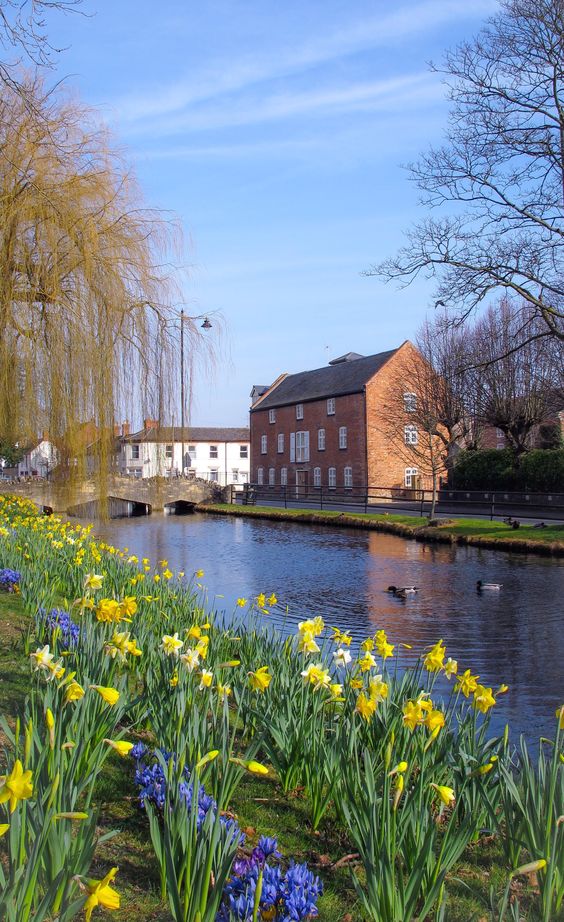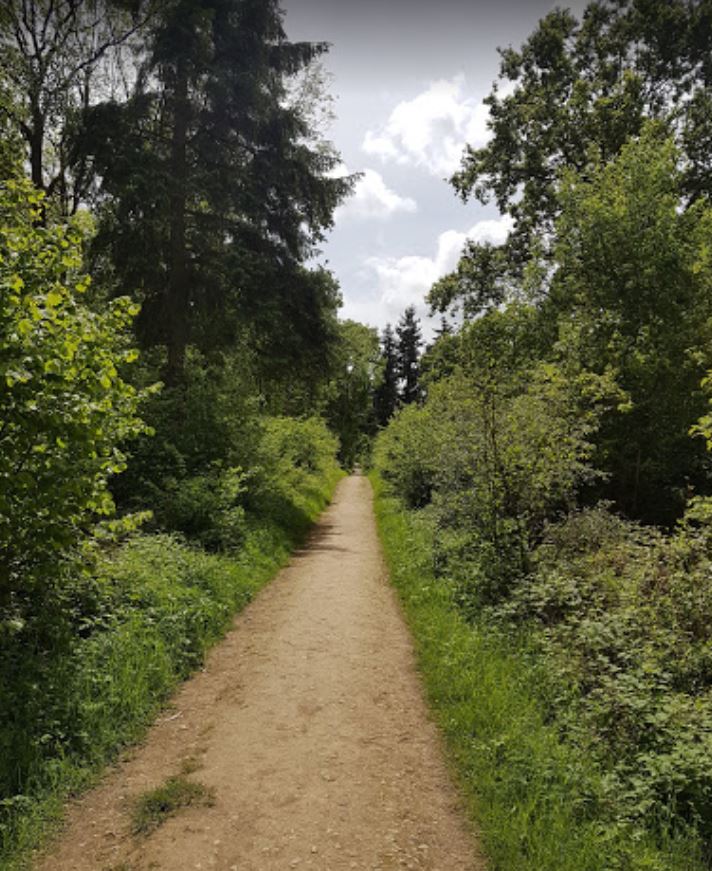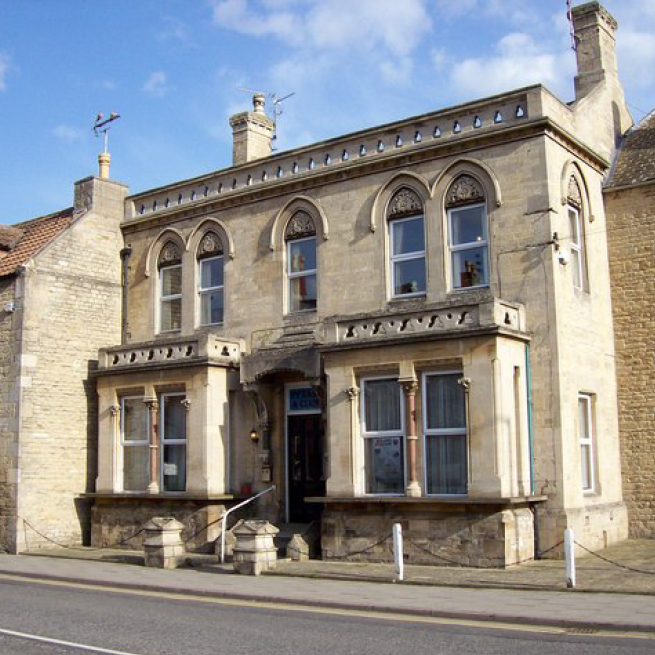Our natural environment and community wellbeing
Draft Objectives
Our Natural Environment And Community Wellbeing
Draft Objective NE1
To protect our most important green assets whilst improving and increasing the provision of open space and green infrastructure links.
Draft objective NE2.
To conserve and enhance biodiversity.
Draft objective NE3
To support the retention and further provision of community facilities and services in Bourne to meet the needs of the population.
Green Infrastructure
Green infrastructure (GI) refers to the network of green spaces and includes parks, open spaces, playing fields, woodlands, church yards, field boundaries, archaeological sites, street trees, allotments and private gardens as well as streams, ponds and other water bodies and features.
The Local Plan indicates that the network of green infrastructure within and around settlements should be maintained and improved to ensure that green spaces are well connected to each other and the wider countryside. Proposals that cause loss or harm to this network will not be permitted unless the need for the development and benefits outweigh any adverse impacts and suitable mitigation measures are provided. However, the network is not defined on a map in the Local Plan.
Earlier public consultation has indicated that there are many open spaces of importance to our community. Government policy enables Neighbourhood Plans to designate areas of ‘Local Green Space’ as a way of protecting green areas of particular importance to the local community from development other than in special circumstances. These spaces are usually important for one or more of the following reasons: recreational value; richness of wildlife; tranquillity; historic significance; or landscape importance.
Outdoor Sport & Recreation
Standards for the provision of new areas of open space are included in the Local Plan and are to be applied where 10 or more new homes are proposed.
Existing areas of open space are protected by the Local Plan except where the development would provide increased or improved open space and/or recreational facilities; or the site is not required to meet the local standard set out in the Local Plan; or equivalent (or better) replacement provision is to be made within the locality; and the site does not support important or protected habitats or species.
The Abbey Lawn, managed by Bourne United Charities, is home to Bourne Town Football Club, Bourne Town Cricket Club, Bourne Lawn Tennis Club, Bourne Bowling Club and Bourne Abbots Petanque Club. Bourne Sports Club on Milking Nook Drove, east of the town, is the home of Bourne RUFC and Bourne Town Junior Football Club.
The Recreation Ground in Recreation Road hosts two football pitches and changing facilities which are available for hire from SKDC. Both secondary schools have sports pitches, although these are not available for use by the public.
The South Kesteven Open Space, Sports and Recreation Facilities Report (2017) indicates that Bourne has sufficient parks but is under-provided for in some other areas, particularly in respect of facilities for young people and children and in the amount of more informal open space. Outside the town, there is a children’s play area in the village of Dyke.
Earlier consultation in respect of the BPNP included support for a skate-park and an astro-turf pitch. An artificial sports pitch is currently under construction at Elsea Park. The Steering Group has written to various sports clubs to request their thoughts on the need for additional provision to meet the future needs of Bourne.
There are allotments on South Fen Road with approximately 110 plots and at Spalding Road where there are approximately 10 plots. The site at South Fen Road is operated by Bourne Town Council and currently has a waiting list of about 15.
Richness Of Wildlife
Earlier consultation suggests that a majority of residents consider it to be either very important or important to enhance the environment for wildlife.
The Local Plan seeks to deliver a net gain in biodiversity in respect of all proposals. It also provides some protection for sites which are designated for their biodiversity importance and for certain specified habitats and species. On designated Local Sites the reasons for development must outweigh the need to protect the site if planning permission is to be granted. Irreplaceable habitats, including ancient woodland are protected unless the need for, and benefits of, the development in that location clearly outweigh the loss or harm.
The Neighbourhood Area does not contain any sites designated for their international or national biodiversity importance. However, Bourne Woods is recognised as an ancient woodland and is a Local Wildlife Site whilst Wherry’s Spinney is designated as a Site of Nature Conservation Interest.
There are other sites of local interest for their biodiversity value which are afforded little or no protection. Examples include the Bourne Eau and Car Dyke which support wetland and aquatic wildlife; the Wellhead Fields, which includes an area of wildlife-rich meadow grassland and small areas of wetland; and Bourne Community Orchard on the south-east boundary of Bourne Wood which provides a wildlife-friendly environment and acts as a valuable education resource. There are also species of wildlife importance which receive varying levels of legal protection; these include water voles, great crested newts, bat species and swifts.
Government policy suggests that plans should identify, map and safeguard wildlife corridors and stepping stones that connect them. Stepping stones are pockets of habitat that, while not necessarily connected, facilitate the movement of species across otherwise inhospitable landscapes.
Historic Significance, Tranquillity & Beauty
Green infrastructure can conserve and enhance the historic environment by contributing to the setting or view of heritage assets and sometimes providing a tangible link with history. For example, the Well Head Fields includes the site of Bourne Castle, which is a scheduled monument.
Sites can also be locally valued for their secluded nature, providing a peace and a quiet oasis away from traffic and people. They can also be valued where they either provide or feature in important views or contain particularly attractive features.
Cultural & Community Buildings
The cultural and community buildings within Bourne support a diverse range of users. These buildings include Bourne Leisure Centre, the Corn Exchange, Wake House, the outdoor pool, schools, a public library, public houses and various meeting halls and places of worship including the historic Bourne Abbey Church.
Dyke has a village hall, a public house and a Baptist chapel while Twenty has a village hall.
The Local Plan recognises that the town of Bourne provides a wide range of local services and facilities which serve the population of a wider area and are of critical importance in supporting our lifestyle. It provides support for the retention of community facilities unless no longer viable; there are alternative facilities to meet the local need at an equally accessible location; or an alternative local service/facility is proposed. The Local Plan also provides support for new community facilities. Buildings should be physically accessible to all members of society and access by walking and cycling and public transport should be prioritised.
The majority of respondents to earlier consultation on the BPNP would like to see more community facilities in Bourne. Those most frequently suggested include a cinema/theatre/arts centre and a bowling alley. A trust has been formed to develop the former Town Hall into an arts and entertainment centre. SKDC has determined that the Leisure Centre is no longer fit for purpose and has proposals to remodel and refurbish the building to increase the facilities available.
The expansion of Bourne will result in an increased demand for school places. However, the SKDC Infrastructure Delivery Plan indicates that there is limited primary school capacity in Bourne and that the secondary schools have limited space to extend without identifying new playing field land. Consultation with the medical practices in Bourne indicates that there is sufficient capacity to meet demand for the scale of growth proposed in the Local Plan during the period to 2036.

Supported By Bourne Town Council
Contact
Bourne Town Council
SK Community Point
3 Abbey Rd
Bourne
PE10 9EF
info@bourneparishneighbourhoodplan.org.uk



